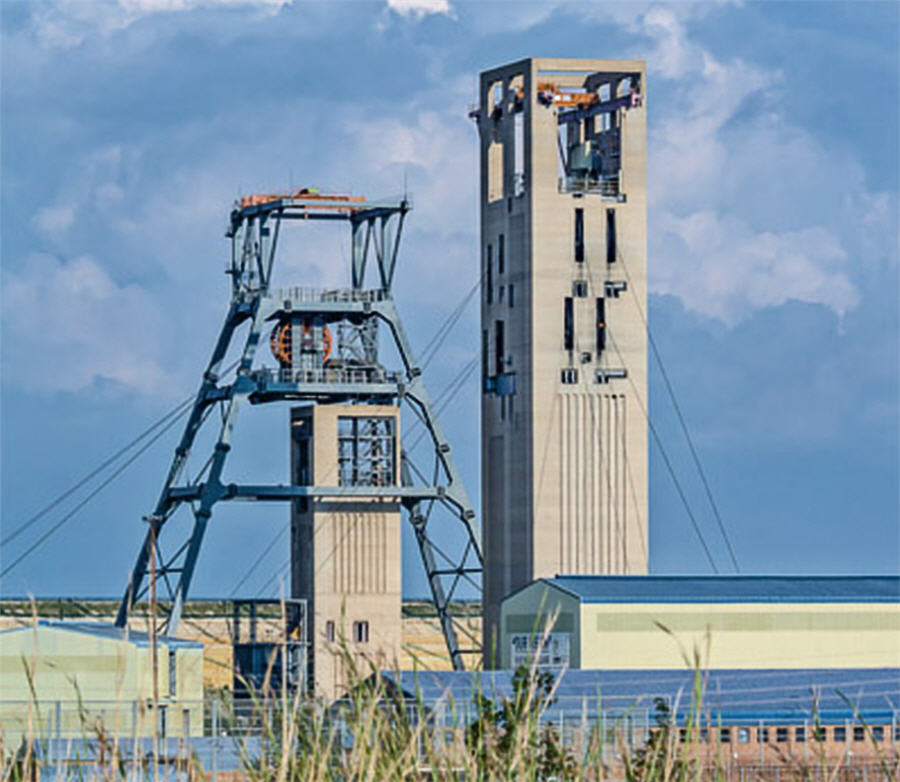
South Africa’s energy regulator on Thursday approved a power generation licence for a large solar plant at Gold Fields’ South Deep mine, a long-awaited breakthrough for miners desperate to curb their reliance on ailing utility Eskom.
Mining firms say red tape has prevented them from generating their own power for years and have lobbied the government for rule changes.
Africa’s most industrialised nation regularly experiences power outages that hold back economic growth and eat into corporate profits.
Since coming to power in February 2018, President Cyril Ramaphosa has promised to support “self-generation” as part of measures to reform the electricity supply industry and fix state-owned Eskom, but critics have accused him of moving too slowly.
Nersa said in a statement all the power generated by the 40 megawatt (MW) solar plant would be consumed by the South Deep mine.
Africa’s most industrialised nation regularly experiences power outages that hold back economic growth and eat into corporate profits
Gold Fields Chief Executive Nick Holland said the licence approval sent a “positive message to mining companies and their investors, potentially leading to decisions being taken to sustain and grow mining operations in the country, especially in deep-level, underground, marginal mines”.
The miner submitted its first application for a licence for a solar plant at South Deep in 2017, but Nersa said it was not compliant with regulations at the time.
Gold Fields submitted a compliant application in June 2020 after the government eased rules for self-generation projects, Nersa said.
Nersa’s acting chief executive still has to authorise the licence, which Gold Fields hopes should happen within two weeks. The company said the solar plant has the potential to provide around 20% of South Deep’s average electricity consumption.
Energy consultant Chris Yelland said the plant would be the first of its kind in a mining environment. It would supplement the mine’s power needs rather than acting as a standby during outages and its approval was “an important step” towards reforming the electricity supply industry, he said.
Yelland estimated that large power users could bring online as much as 5,000 MW of their own generating capacity over two years with the right regulations in place.
(By Alexander Winning; Editing by Barbara Lewis)
Comments